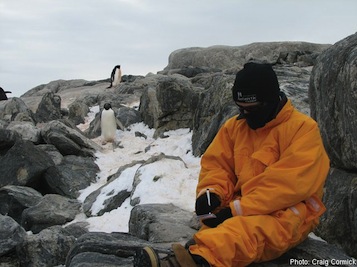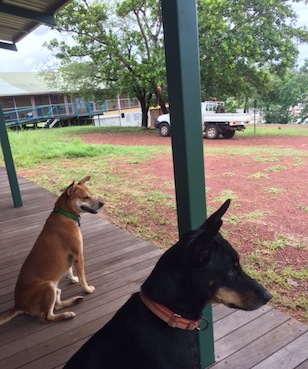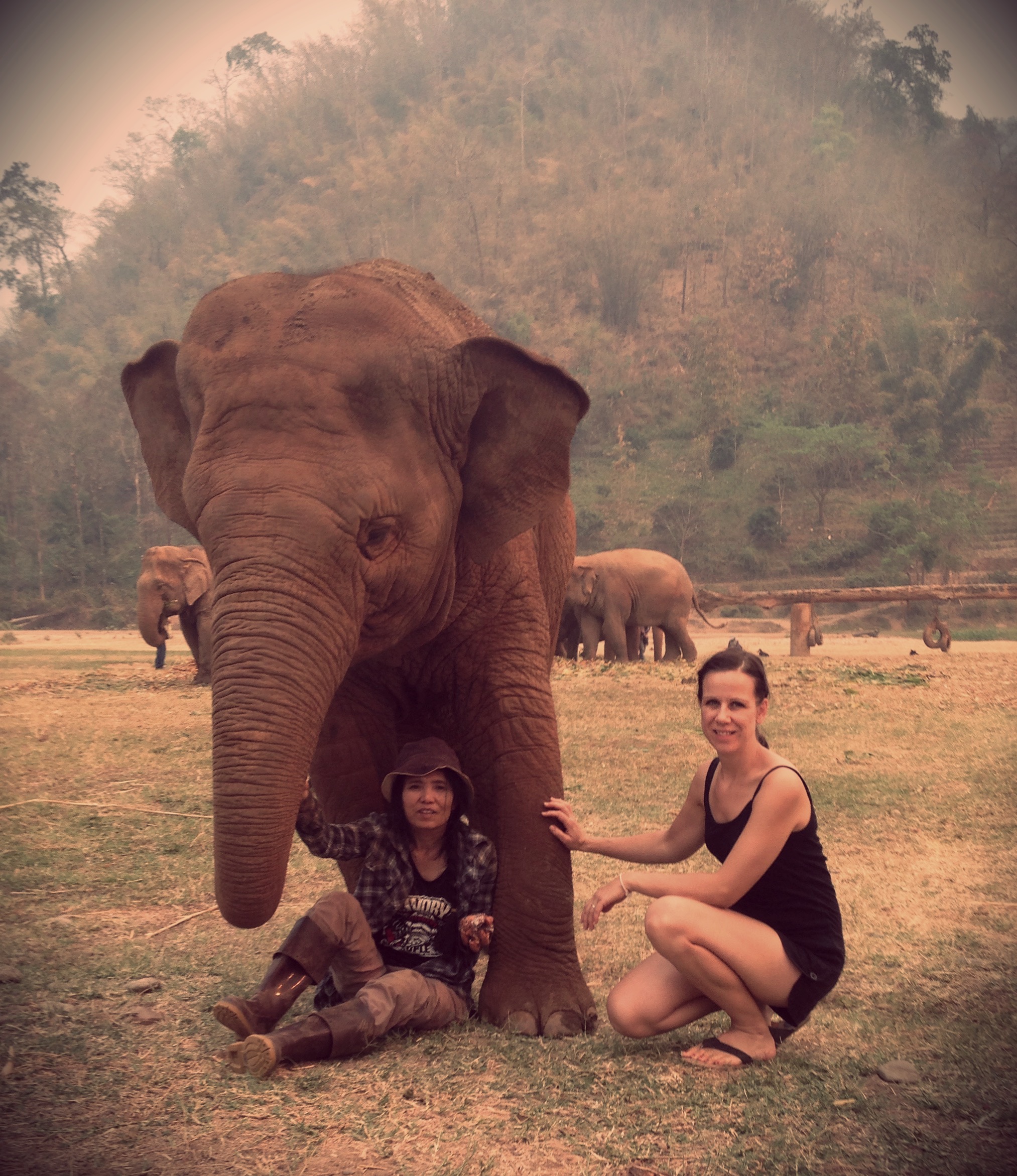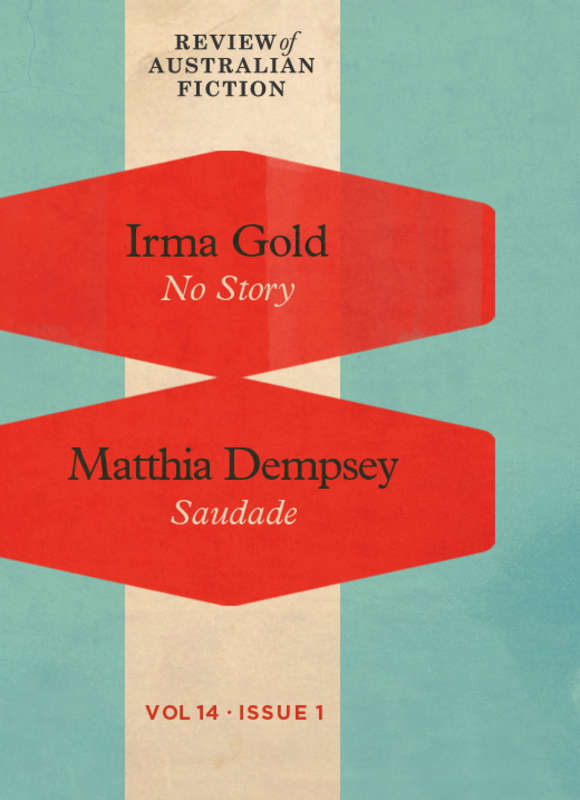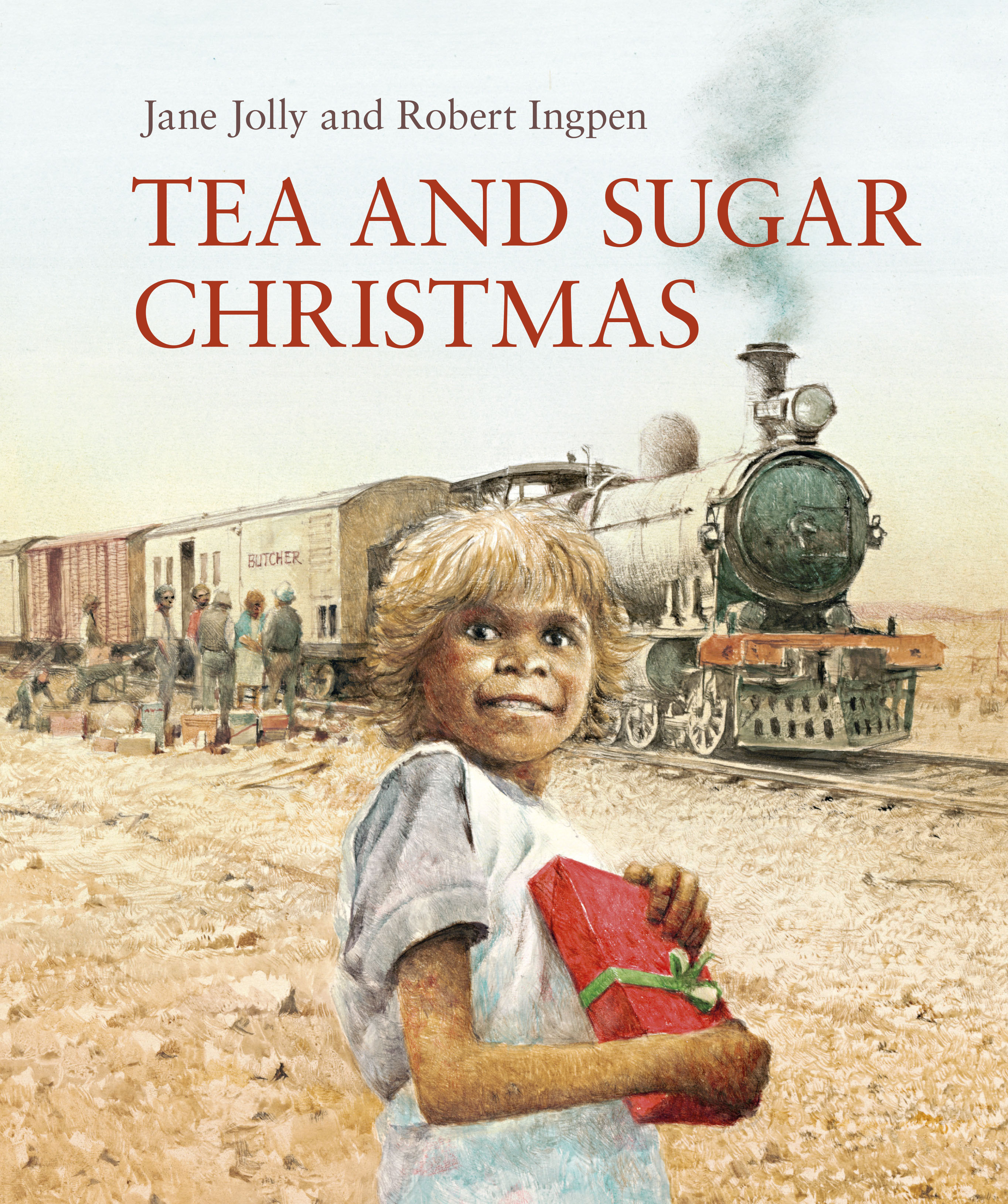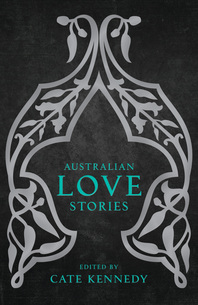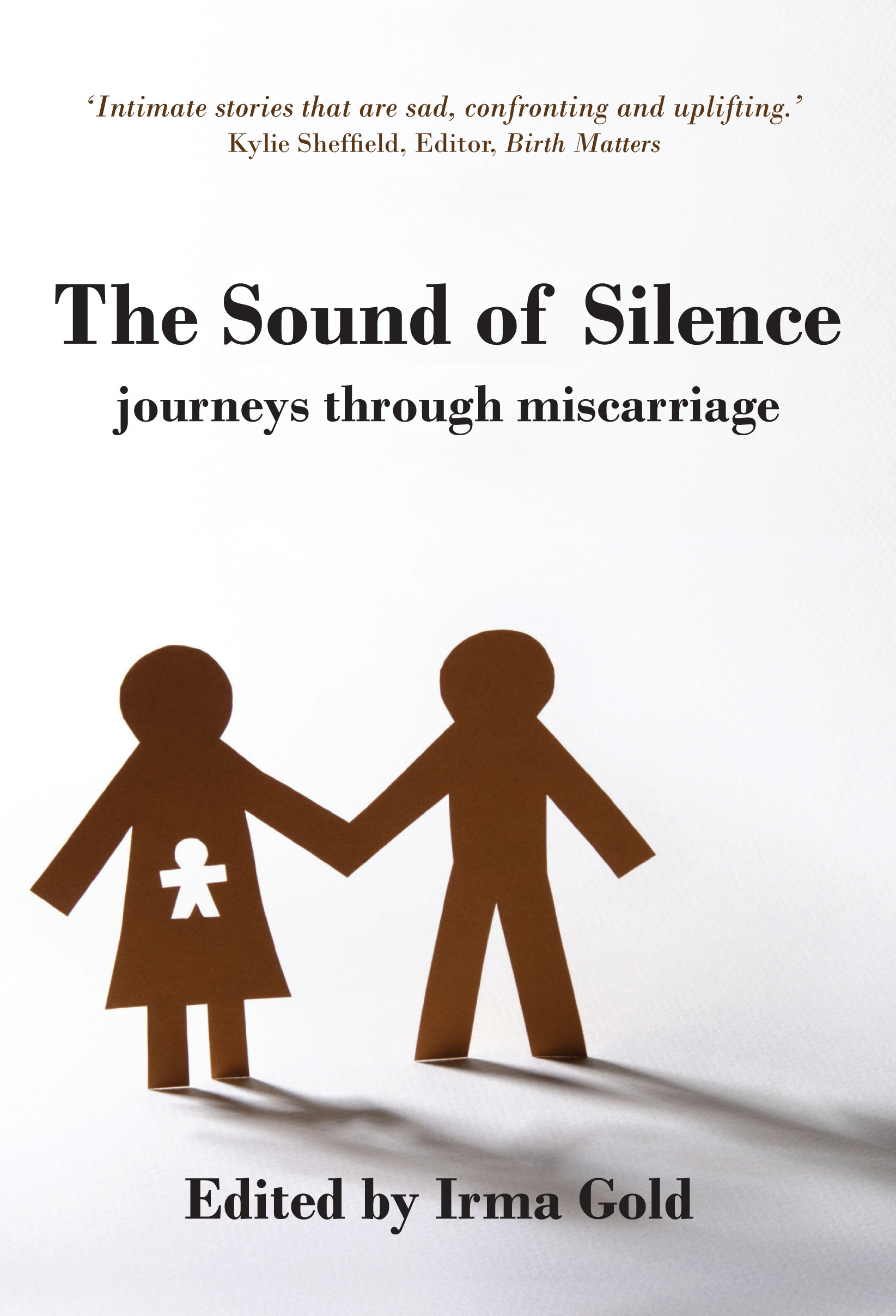Blizzards, baths and the bush: Where writers write (part 2)
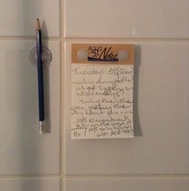 My recent post on ‘Where writers write’ revealed all sorts of weird and wonderful places writers have found themselves putting pen to paper. And interestingly, as Sue Terry of Whispering Gums pointed out, when inspiration strikes most writers still seem to favour the pen over any kind of digital device, even in places where paper is a hindrance. In the bath, for example. In response to my post, Jen Squire tweeted, ‘I was just given 5 packets of AquaNotes for my birthday because I’m always writing in the shower and the swimming pool’ (evidence pictured). Jen is not the only one partial to writing in baths, as you’ll find in this second installment. Enjoy!
My recent post on ‘Where writers write’ revealed all sorts of weird and wonderful places writers have found themselves putting pen to paper. And interestingly, as Sue Terry of Whispering Gums pointed out, when inspiration strikes most writers still seem to favour the pen over any kind of digital device, even in places where paper is a hindrance. In the bath, for example. In response to my post, Jen Squire tweeted, ‘I was just given 5 packets of AquaNotes for my birthday because I’m always writing in the shower and the swimming pool’ (evidence pictured). Jen is not the only one partial to writing in baths, as you’ll find in this second installment. Enjoy!
Tracey Hawkins: Many years ago my late father was in a High Dependancy Unit for coronary care, waiting for a heart bypass operation. I sat on the floor beside Dad’s bed, carefully placed between IV lines and electrical leads to heart machines and monitors, and tried hard to engage him in my creative work to keep him alive and interested in life (he did survive his operation). I was writing a murder/mystery at the time; he had been a police officer for 25 years and knew his stuff. Albeit, perhaps not appropriate to write about death in a room full of very sick men on the very edge of dying. I tried to keep it low key and even though I whispered thoughts/plots and motive to my Dad, the other men often heard what I was talking about. They soon became intrigued in the mystery and before I knew it, they looked forward to my visits and were very keen for updates on the work. At one point I even had the Sister doing the drug/medication round offering suggestions for a powerful poison (I was needing a good poison to use as the murder weapon).
During the weeks I was there, I finished the mystery. The time spent creating was two-fold — the men looked forward to my visits, and I, too, felt I offered them something outside the square that took their minds off the severity of their health issues, if only for a short time.
Read More »Blizzards, baths and the bush: Where writers write (part 2)
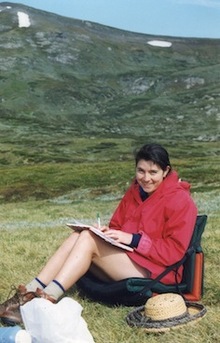 Karen Viggers: I find that my best ideas come to me in wild landscapes far from comfort and people. One of my special spiritual places is in the snow, and several times I have braved blizzards and freezing fingers while cross-country skiing in the Snowies to jot down the perfect line. Solitude and harsh places stimulate my muse and allow me to tap into my deepest creativity. Writers write everywhere … I never leave home without a notebook.
Karen Viggers: I find that my best ideas come to me in wild landscapes far from comfort and people. One of my special spiritual places is in the snow, and several times I have braved blizzards and freezing fingers while cross-country skiing in the Snowies to jot down the perfect line. Solitude and harsh places stimulate my muse and allow me to tap into my deepest creativity. Writers write everywhere … I never leave home without a notebook.
Nicole Hayes: When my second child was born, the only break from my demanding toddler often came during the midnight/early morning feeds. I remember sitting by my infant daughter’s crib, one hand cupping her head while she breastfed, the other scribbling barely legible words on a notebook propped on the arm of my chair. I wrote an entire novel in the first year of her life, about half of it in that very position.
Kirsten Krauth: I don’t choose to write in strange places, but my writing chooses them, usually in moments when I don’t have access to paper, pen, screen. When I’m driving on the freeway from Castlemaine to Bendigo and can’t pull over is common. Or while I’m lying in the bath. I’ve got the kids in bed. It’s freezing. My head submerges in the warm water. Time to relax. Then my brain powers up and all the connections that I’ve struggled for during the day come together and I fight them, hoping I’ll remember in an hour’s time, because writing them down now means having to get out of the bath.

Rebecca Lim: On a laptop balanced on a pack of toilet rolls in the car in the school car park. A nine-pack will work but a 20-pack is better!
Jess Knight: In bed 59 of the kidney ward at Royal Melbourne Hospital. With a needle in one arm and a flirty old man in the bed next to mine.
Jack Heath: I write six books per year, and the tough deadlines aren’t always conducive to consistent grooming. But I can’t show up to an event looking like Chewbacca, so my wife has been known to cut my hair while I type.
Katie Taylor: Last year I went on a trip to New Zealand. I didn’t take my laptop, but I did take a notepad. One night I went to a rather nice pub in Christchurch, which was called Strange Co. It was a Saturday night so the place was very busy and noisy — we’re talking wall-to-wall drinkers, plus pounding music. Even so, I sat down by the bar and scribbled away over a pint of White Rabbit. Finally a tipsy patron came over and asked me what I was doing. My deadpan reply was, ‘I’m writing a story about a guy who can turn into a phoenix exploring an ice cave full of sentient polar bears.’ Every single word of that is true, I swear. It’s just too bad I never finished the story; it had potential.
Susan Johnson: Well, the difference between writers and aspiring writers — or wannabe writers to use a possibly less flattering term — is that writers write. Writers write when they have no money or are shot full of fear or when they are on holiday or when they can only write between the cracks of doing another job. I’ve written when my head was exploding with terror about running out of money, or full of pain from a broken marriage, or when my eyes could barely remain open because I was so tired when I was a new mother. I had a new baby, and a temporary colostomy, when I was writing my memoir, A Better Woman. Writers write to get the book written, often at the cost of marriages and friendships. Ideally, I write best alone in a room — any room, with or without a view, but preferably in France or Greece or by the beach in Australia — but I’ve also written at kitchen tables in small, dimly lit flats, at desks in the corners of bedrooms. It’s my love, my curse, my job.
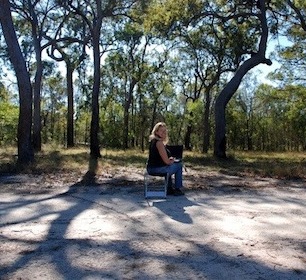 Belinda Murrell: I have a beautiful office at home, full of books, with a fireplace and a view over the garden so ideally I prefer to do most of my work there, with a cup of tea at my elbow and my dog, Rosie, at my feet. But then with three children life is a constant juggle — so I’ve been known to work cross-legged on the floor in the corridor outside the orthodontist’s office, in the car waiting for sport pickups, at the kitchen bench while also making dinner, and poolside during kids’ swimming lessons. Far more inspiring, were the many beautiful and wild places I wrote while I was away travelling with my family for two years — in the Kimberley in far north Western Australia, in the Scottish highlands, on the verandah of a friend’s cattle farm, on remote outback stations, in a beach shack at Margaret River, in an 18th-century Parisian apartment …
Belinda Murrell: I have a beautiful office at home, full of books, with a fireplace and a view over the garden so ideally I prefer to do most of my work there, with a cup of tea at my elbow and my dog, Rosie, at my feet. But then with three children life is a constant juggle — so I’ve been known to work cross-legged on the floor in the corridor outside the orthodontist’s office, in the car waiting for sport pickups, at the kitchen bench while also making dinner, and poolside during kids’ swimming lessons. Far more inspiring, were the many beautiful and wild places I wrote while I was away travelling with my family for two years — in the Kimberley in far north Western Australia, in the Scottish highlands, on the verandah of a friend’s cattle farm, on remote outback stations, in a beach shack at Margaret River, in an 18th-century Parisian apartment …
Melinda Smith: I keep a notebook with me all the time and write wherever I can, whenever I have the headspace. When my kids were younger this meant writing in the parent’s waiting chair outside therapy appointments for my eldest son, who has Autism Spectrum Disorder. I have also started more than one poem at the parents’ tables at Kid City in Mitchell.
Of course before kids I wrote in all sorts of exotic places, including in a deckchair at the Orchard Tea rooms at Grantchester near Cambridge (former haunt of Rupert Brooke and some of the Bloomsbury set, including Virginia Woolf), and on a beach on Ko Lanta Yai in southern Thailand (many years pre-tsunami).
 These days the headspace and time often coincide more often when I am ‘on the road’ going to a writers’ festival or an interstate launch or reading event. This means I have written in Murray’s Buses, on trains from Sydney to Newcastle and Blackheath, and in any cafe anywhere I can scrape together the cost of a soy latte. I have started many drafts in the Arthur McElhone reserve just down the hill from Elizabeth Bay House (because it is the closest park to the CWA in Potts Point, where I like to stay when I am Sydney. Goodness knows how I will manage when they cease operations at the end of this financial year!). I have polished drafts at Tamarama beach and in the cafe at Bondi Icebergs and at Gertrude and Alice bookshop. One poem I recently finished was begun in the fourth-floor cafe at the Museum of Contemporary Art (pictured), and polished up many months later at Strathnairn Gallery in the utter west of Belconnen. I do tend to find that for me first drafts and polishing work better if they are done in different locations. A great deal of my book First… Then… was written in Harvest cafe in Civic (first drafts) and just up the hill in the Library of the ANU School of Art (polishing).
These days the headspace and time often coincide more often when I am ‘on the road’ going to a writers’ festival or an interstate launch or reading event. This means I have written in Murray’s Buses, on trains from Sydney to Newcastle and Blackheath, and in any cafe anywhere I can scrape together the cost of a soy latte. I have started many drafts in the Arthur McElhone reserve just down the hill from Elizabeth Bay House (because it is the closest park to the CWA in Potts Point, where I like to stay when I am Sydney. Goodness knows how I will manage when they cease operations at the end of this financial year!). I have polished drafts at Tamarama beach and in the cafe at Bondi Icebergs and at Gertrude and Alice bookshop. One poem I recently finished was begun in the fourth-floor cafe at the Museum of Contemporary Art (pictured), and polished up many months later at Strathnairn Gallery in the utter west of Belconnen. I do tend to find that for me first drafts and polishing work better if they are done in different locations. A great deal of my book First… Then… was written in Harvest cafe in Civic (first drafts) and just up the hill in the Library of the ANU School of Art (polishing).
One place I find it quite difficult to write is at home, although I do a lot of my ‘admin’ from there. I am such an inveterate procrastinator I need to put myself in a position where there is literally nothing else I can be doing. Home, with its clothes-drifts and dirty-crockery-formations, definitely does not qualify.
For part 1, ‘Trees, trains & hospital trolleys: where writers write’, featuring Brooke Davis, Rosanna Stevens, Susanne Gervay, Tania McCartney, Craig Cormick, Lee Kofman, SJ Finn, Paul Daley and Alec Patric, click here.



